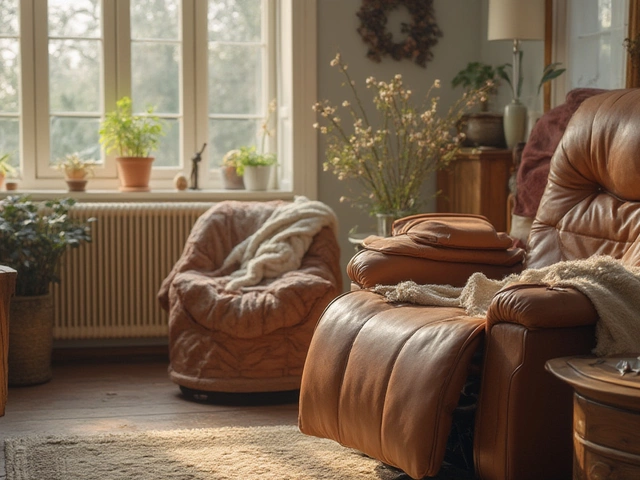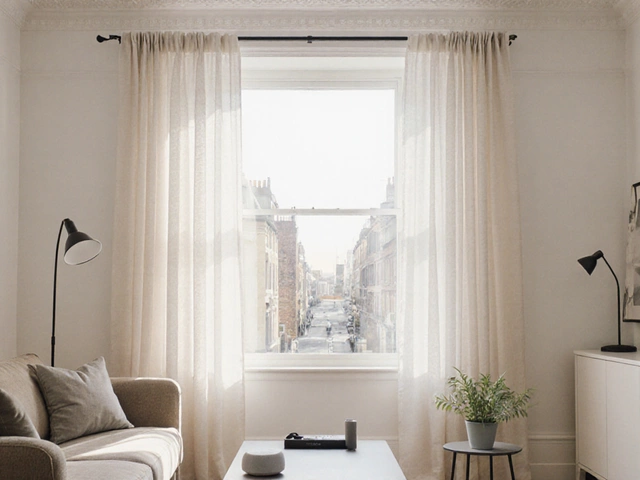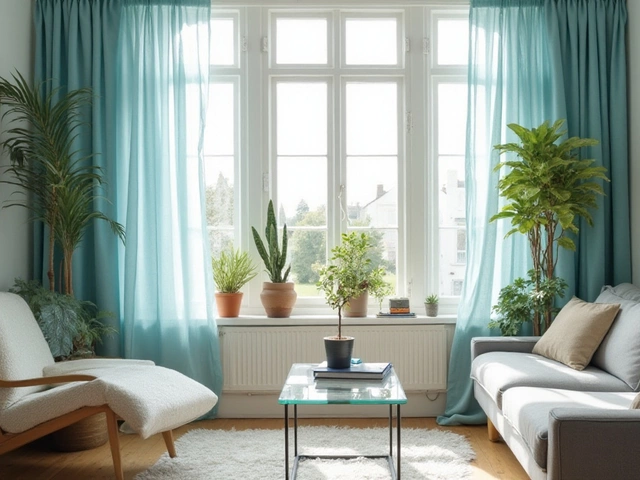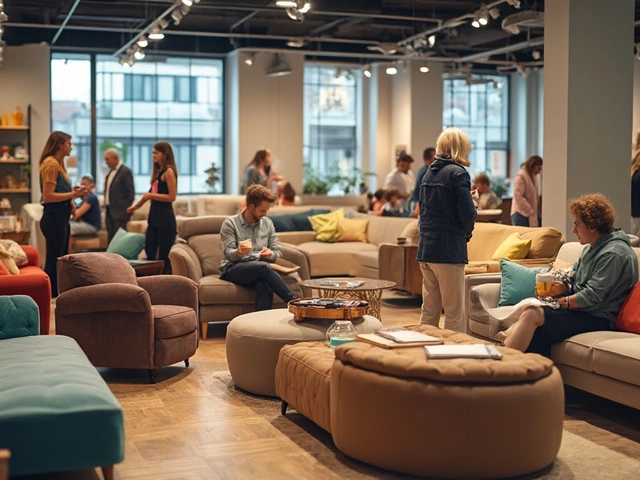Why Choose MDF over Plywood for Your Shelving Needs
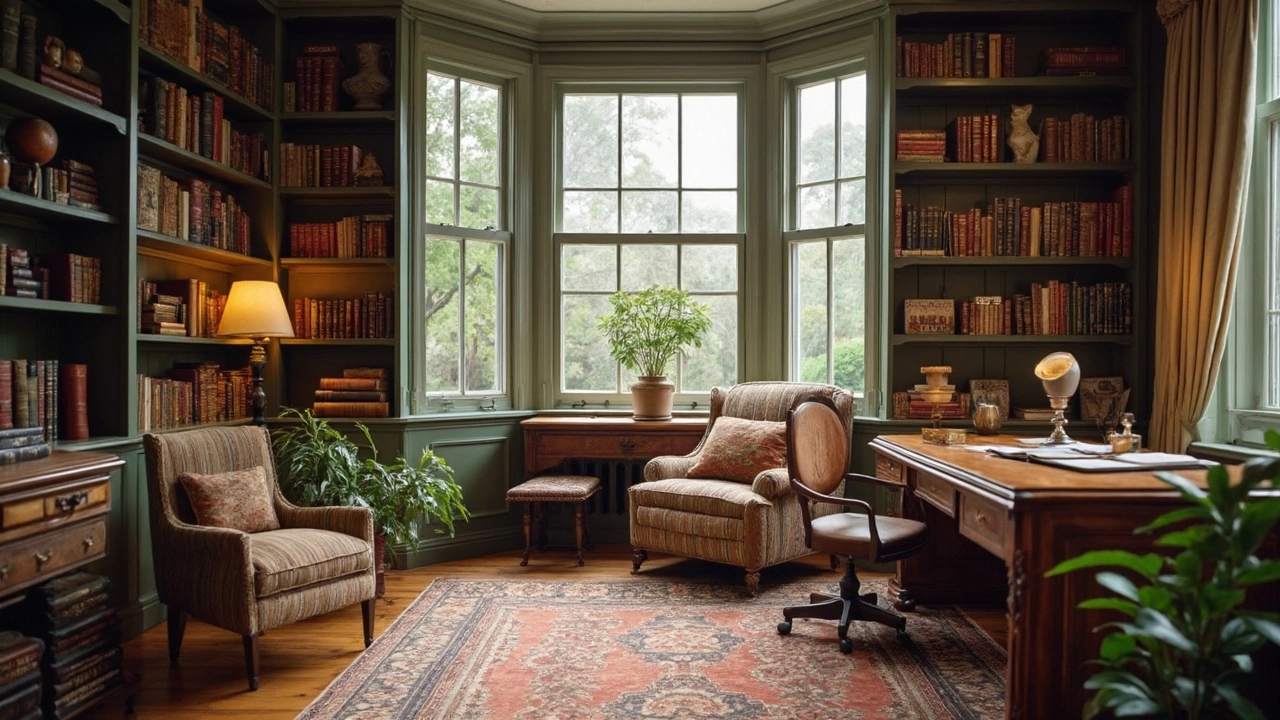
When it comes to shelving, the choice of material really matters. MDF, or Medium-Density Fiberboard, is one of those materials that often gets overlooked—but it shouldn't be! It's like the hidden gem of materials. If you're looking for something that's easy on the wallet yet still offers a solid foundation for your shelves, MDF is worth considering.
Why, you ask? For starters, MDF is quite the chameleon—it's easy to paint and shape, making it super handy for custom designs. Many people find that it gives a nice, smooth surface, perfect for those artsy types who love to personalize their furniture. Plus, if you're a typical DIYer, you’ll appreciate how user-friendly it can be.
- The Basics of MDF and Plywood
- Cost-Effectiveness and Availability
- Ease of Use and Customization
- Durability in Controlled Environments
- Eco-Friendly Considerations
The Basics of MDF and Plywood
Okay, so here's the lowdown on MDF and plywood, two materials that often duke it out for dominance in the world of shelving. MDF, or Medium-Density Fiberboard, is like the younger sibling that’s trying to make a name for itself. It’s made by breaking down hardwood or softwood residuals into wood fibers, combining them with wax and a resin binder, and forming panels by applying high temperature and pressure.
Plywood, on the other hand, is the seasoned veteran. It's crafted from thin layers or 'plies' of wood veneer that are glued together with adjacent layers having their wood grain rotated up to 90 degrees to each other. This crisscross technique gives plywood its strength and durability.
When it comes to looks, MDF takes the cake with its smooth surface which is excellent for painting and veneering. It's a common choice for those who want a clean, sleek finish without visible grain patterns. Plus, its uniform density makes cutting and drilling a dream.
Plywood, while strong, has a varied texture with visible grains. It is often preferred when the natural wood finish is desired, making it ideal for traditional woodworking and projects where strength is key.
| Material | Strength | Finish | Cost |
|---|---|---|---|
| MDF | Moderate | Very Smooth | Lower |
| Plywood | High | Textured | Higher |
Now, don't get me wrong, both materials have their strong suits, but if you’re eyeing a budget-friendly, easy-to-work-with option for smooth shelving, MDF might just be your new best friend.
Cost-Effectiveness and Availability
So, you've got a budget in mind for your shelving project, and you're keen on sticking to it, right? That's where MDF often emerges as the hero of the story. It's well-known for being more affordable than its shinier counterpart, plywood. Thanks to its production process, which involves breaking down hardwood or softwood residuals into wood fibers, combining it with wax, and forming panels by applying high temperature and pressure, MDF manages to keep its price pretty friendly.
Imagine you're at the hardware store, and you're trying to stretch your dollar. With MDF, you can typically save enough cash to invest in other important tools or maybe some funky paint colors to jazz up your space. The cost savings can be significant, especially when you're covering larger surfaces.
But it’s not just about saving money; availability plays a big role too. No matter where you are in New Zealand, MDF is usually easy to find. This material is popular in DIY and home improvement circles, making it a staple in most hardware stores. So if you're in a pinch and need more material fast, odds are MDF won't let you down.
Here’s a quick look at how it stacks up in terms of availability:
| Material | Availability in Stores |
|---|---|
| MDF | High |
| Plywood | Moderate |
In short, choosing MDF doesn’t just mean you're choosing a cost-effective option. It means selecting a material that’s accessible, easy to work with, and gets the job done without making a dent in your wallet.
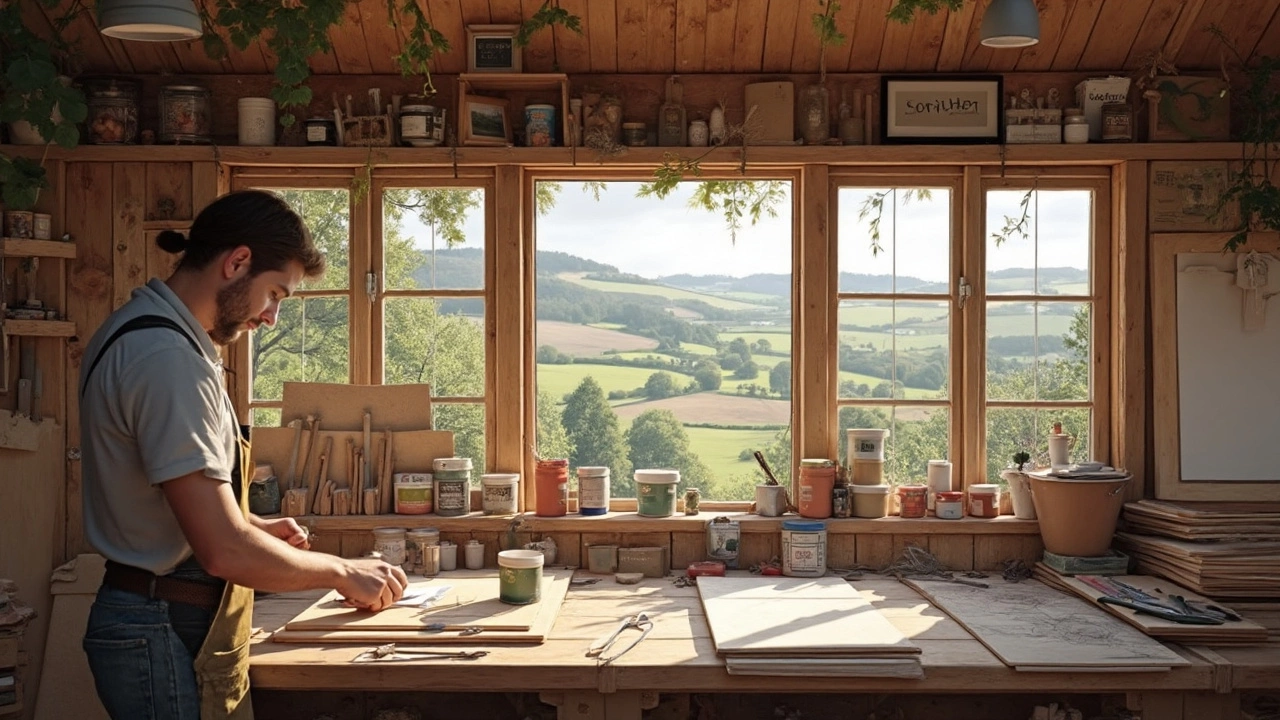
Ease of Use and Customization
Ever tried sanding a piece of wood only to have it splinter or refuse to smooth out? With MDF, those days are behind you. This material is a dream to work with, especially if you're tackling a DIY project or need something that's easy to handle. MDF’s smooth surface is perfect for painting, so whether you want a bright, bold look or something more subtle, it takes paint with ease, giving you a flawless finish every time.
Cutting MDF is another area where it shines. You can achieve precise cuts without the hassle of worrying about grain splitting. This means you can get creative with your shelf designs; rounded edges, intricate patterns, you name it. Just grab your jigsaw or router and you're good to go.
- Painting: Because of its smooth consistency, MDF doesn’t need primer, but using one can make color pop even more.
- Shaping: Its uniformity makes it ideal for detailed work or custom shapes.
- Fastening: MDF holds screws tightly without the risk of cracking, ensuring your shelves remain sturdy.
Now, let’s talk about glue. MDF’s dense composition means it bonds well with adhesives, so when constructing, you won’t have to worry about pieces not holding together. Just a dab of strong glue and you're set.
However, it's important to work in a well-ventilated area or wear a mask, as cutting MDF releases fine dust particles. Take care, and you'll find MDF not only user-friendly but also incredibly adaptable for all your shelving projects.
Durability in Controlled Environments
When it comes to shelving in places like inside the house or office, MDF has got you covered. Unlike plywood, which might face issues in high moisture areas, MDF thrives when everything's chill indoors. You know, those places where you control the temperature and humidity? Yeah, MDF loves that.
One thing to note is how MDF doesn't warp or expand like natural wood can when the air gets a bit soggy. So, if you're setting up shelves in, let's say, your living room or bedroom, MDF's stability is your best friend. It's like the calm amidst the storm of changing seasons and interior climates.
But here's something: it's good to avoid putting it in overly damp spots like bathrooms or basements unless you're cool with potential water damage. MDF's not a fan of getting wet. So, keep it dry, and it'll stay solid and looking sharp.
Also, if you're thinking about acoustic properties—maybe for a home office—MDF can absorb sound better than many might expect. So, you could say it’s got its ears open to being more than just shelving!
In short, if you've got a handle on keeping your environment consistent, MDF's reliability will serve you well in most rooms, keeping your space looking tidy and enduring the test of time.
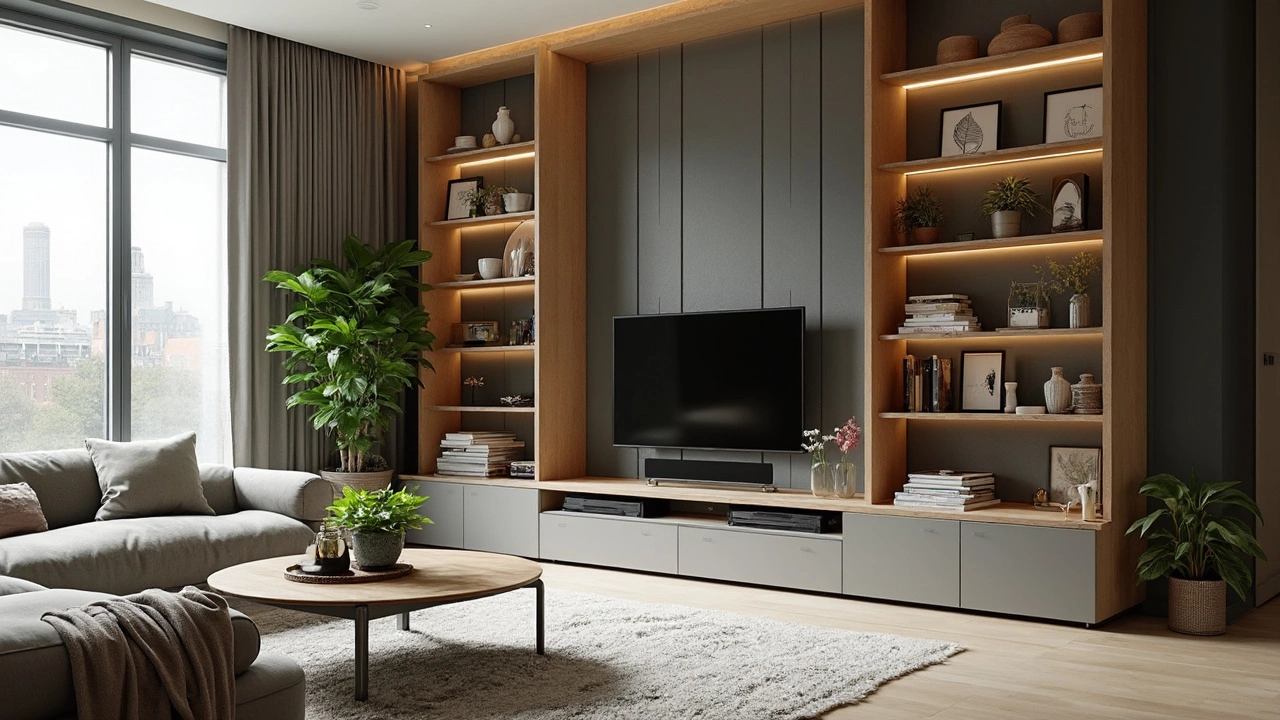
Eco-Friendly Considerations
We’re all trying to do our part for the planet, right? Well, when it comes to building shelving, using MDF can actually be an eco-friendlier option than you might think. MDF is made from wood fibers usually derived from wood scraps or other waste materials. So, instead of these materials going to waste, they're repurposed to create something totally usable.
This approach to production not only helps in reducing waste but also makes great use of resources that some might otherwise consider trash. According to the Environmental Protection Agency (EPA), "Using recycled materials in production can significantly cut down on landfill use and energy consumption."
"MDF manufacturers are increasingly finding ways to make their products more sustainable, incorporating recycled wood fibers to lessen environmental impact," says the Green Building Supply organization.
Another plus? MDF production often uses fewer trees than making plywood, contributing to a smaller carbon footprint. That means it's not just good for your project but better for the earth. But, of course, like everything, there's a catch. You want to ensure that the MDF you choose has low formaldehyde emissions. So, when you're picking up that MDF for your next DIY, look for certification labels that say it meets environmental standards.
The cherry on top? Check for MDF that carries a Forest Stewardship Council (FSC) label. It's like the gold star of green materials, ensuring that the wood comes from responsibly managed forests.


